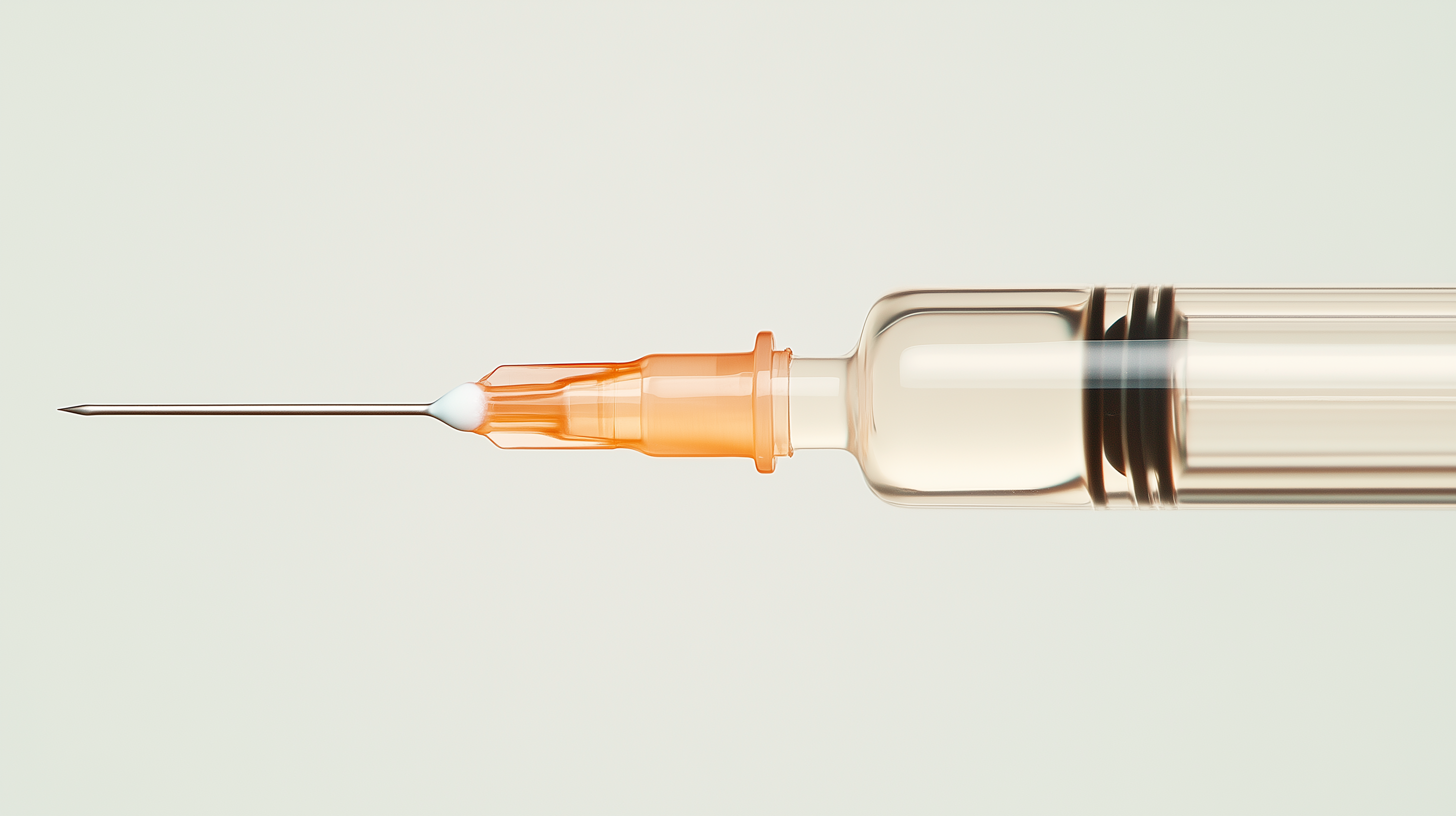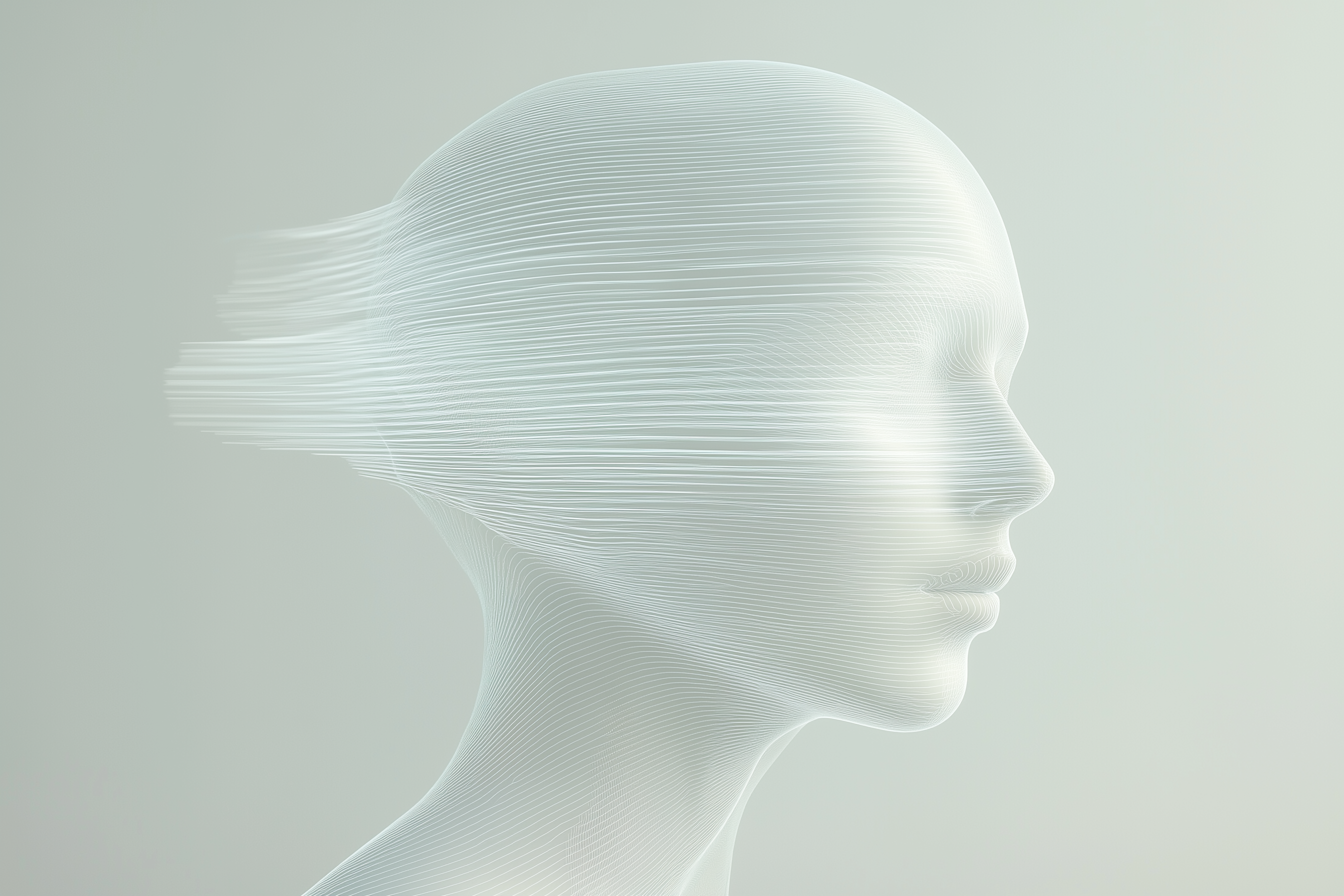Craniosynostosis is a condition that affects the development of a baby’s skull. As a surgeon, I frequently encounter parents who are anxious and concerned when they hear this diagnosis. My goal in this essay is to explain craniosynostosis in clear, simple terms, covering its causes, effects, treatment options, and what families can expect during and after surgery.
What Is Craniosynostosis?
To understand craniosynostosis, it helps to know a little about how a baby’s skull develops. The skull is made up of several bones, which are separated by flexible joints called sutures. These sutures allow the skull to grow and expand as the baby’s brain develops. Normally, these sutures remain open during infancy and early childhood, closing gradually over time.
Craniosynostosis occurs when one or more of these sutures close too early-before the brain has finished growing. When this happens, the skull cannot expand normally, leading to abnormal head shapes and, in some cases, increased pressure inside the skull. The condition can vary in severity, depending on how many sutures are involved.
Causes of Craniosynostosis
The exact cause of craniosynostosis is not always clear. In some cases, it occurs randomly without any known reason. However, in other cases, it may be linked to genetic factors. Certain syndromes, such as Apert syndrome or Crouzon syndrome, include craniosynostosis as a symptom. If a baby has one of these syndromes, other parts of the body may also be affected, requiring additional medical attention.
Environmental factors during pregnancy have also been studied as possible contributors to craniosynostosis, but no single cause has been definitively identified. What we do know is that it is not the result of anything parents did or did not do during pregnancy.
Types of Craniosynostosis and Their Effects
Craniosynostosis can affect different sutures, and each type leads to a distinct head shape:
- Sagittal Synostosis: The most common type, where the sagittal suture on top of the head closes too soon. This results in a long, narrow skull (scaphocephaly).
- Coronal Synostosis: When one or both of the coronal sutures (running from ear to the top of the skull) close early, the forehead can appear flat on one side, or the entire forehead may be abnormally shaped.
- Metopic Synostosis: The metopic suture, which runs from the nose to the top of the head, closes too early, leading to a triangular-shaped forehead (trigonocephaly).
- Lambdoid Synostosis: The rarest type, involving the lambdoid suture at the back of the head. This can result in a flattened back of the skull.
In mild cases, the abnormal head shape might be the only concern. However, in more severe cases, craniosynostosis can lead to increased pressure inside the skull. This pressure can cause headaches, vision problems, developmental delays, or cognitive difficulties.
Diagnosing Craniosynostosis
Diagnosis usually begins with a physical examination. A paediatrician may notice an unusual head shape or asymmetry and refer the child to a specialist. Imaging tests such as a CT scan or X-rays can confirm the diagnosis by showing which sutures have closed prematurely. Sometimes, genetic testing is recommended if a syndrome is suspected.
Treatment Options
The main treatment for craniosynostosis is surgery. The goal of surgery is to correct the skull shape, allow room for normal brain growth, and prevent complications related to increased pressure. The specific surgical approach depends on the child’s age, the severity of the condition, and which sutures are involved.
Minimally Invasive Surgery
For infants diagnosed early (usually before six months of age), a minimally invasive endoscopic surgery may be an option. This procedure involves making small incisions and using a tiny camera to guide the removal of the fused suture. After the procedure, the baby typically wears a custom-fitted helmet to help reshape the skull. This approach has a shorter recovery time and less blood loss compared to traditional surgery.
The other option, popularised by my colleagues at Great Ormond Street Hospital for Children in London, is a minimally invasive operation that involves expanding the cranial vault with springs. While this operation requires a second, smaller operation to have the springs removed, it avoids the need for helmet therapy, which is highly attractive to many parents.
Open Cranial Vault Reconstruction
For older infants or more complex cases, open surgery (cranial vault remodelling) is required. This procedure involves making a larger incision to reshape the skull and allow for normal growth. In some cases, surgeons may use plates and screws to hold the bones in place. These are often made of materials that dissolve over time, eliminating the need for removal. The surgery typically lasts several hours, and the child will need to stay in the hospital for a few days for monitoring and recovery.
Recovery and Postoperative Care
Recovery varies depending on the type of surgery performed. After open surgery, swelling is common, especially around the eyes, but it usually improves within a few days. Pain is managed with medication, and most children recover well. Follow-up visits are important to monitor healing and brain development.
For babies who undergo excision of the problematic suture, helmet therapy is essential. The helmet helps guide skull growth into a more typical shape. This therapy can last several months and requires regular adjustments by specialists.
Long-Term Outlook
The long-term outlook for children with craniosynostosis is generally very good, especially with early intervention. Most children develop normally without lasting complications. However, those with syndromic craniosynostosis may require additional surgeries or therapies to address other associated issues.
Parents often worry about whether their child will face developmental delays or cosmetic concerns. Fortunately, with modern surgical techniques and follow-up care, most children achieve normal skull shapes and do not experience significant developmental difficulties.
Emotional and Psychological Considerations
A craniosynostosis diagnosis can be overwhelming for parents. It is important to remember that support is available. Many hospitals have craniofacial teams, including surgeons, neurologists, and psychologists, who can provide comprehensive care. Connecting with other families who have gone through similar experiences can also be reassuring.
Conclusion
Craniosynostosis is a condition that requires medical attention, but it is treatable. Surgery has been highly successful in correcting skull deformities and allowing for normal brain growth. Understanding the condition, available treatments, and what to expect can help parents feel more confident in making decisions for their child’s health. As a surgeon, my priority is to ensure the best possible outcome for each child while providing compassionate support for their families throughout the process.



